- Home
- About
- Hospitals
-
Treatments
- Orthopedic & Spine
- Knee Replacement
- Carpal Tunnel Release
- Rotator Cuff Repair
- Meniscus Repair / Meniscectomy
- Total Hip Replacement (THR)
- Total Shoulder Replacement
- Arthroscopy
- Ligament Reconstruction
- Spinal Fusion
- Discectomy
- Laminectomy
- Spinal Decompression
- Vertebroplasty and Kyphoplasty
- Fracture Repair
- ACL Reconstruction
- Tendon Repair
- Osteotomy
- Amputation
- Pediatric and Adult Cardiac
- Neuroscience
- Oncology
- Nephrology & KTP
- Gastroenterology & Hepatobiliary
- Obstetrics and Gynaecology
- Infertility
- Dental & Maxillofacial
- Plastic & Cosmetic Surgery
- Rhinoplasty
- Blepharoplasty (Eyelid Surgery)
- Facelift (Rhytidectomy)
- Breast Augmentation (Mammoplasty)
- Breast Reduction (Mammoplasty)
- Breast Lift (Mastopexy)
- Liposuction
- Abdominoplasty (Tummy Tuck)
- Brazilian Butt Lift (BBL)
- Lip Augmentation
- Breast Reconstruction
- Cleft Lip and Palate Repair
- Scar Revision
- Burn Reconstruction
- Botox Injection
- Ophthalmology
- Otolaryngology (ENT)
- Endocrinology
- General and Minimal Invasive Surgery
- Pulmonology
- Rheumatology
- Urology
- General Medicine
- Ayurvedic Treatment
- Orthopedic & Spine
- Doctors
- Contact Us
Spinal Fusion
Spinal Fusion is a
surgical procedure that involves joining two or more vertebrae (the bones that
make up the spine) to create stability and reduce motion between them. The goal
of spinal fusion is to alleviate pain, restore spinal alignment, and prevent
the movement of the affected vertebrae. This procedure is often performed to
address conditions such as spinal instability, deformities, fractures, or to
provide additional support after the removal of a damaged disc.
Here's
an overview of the key aspects of spinal fusion:
Preparation:
Before the fusion, any damaged or degenerated disc
material is typically removed through a discectomy or other surgical
techniques.
The surgeon may use bone grafts to encourage the
fusion process. Bone grafts can be obtained from the patient's own body
(autograft), from a donor (allograft), or may be synthetic (made from materials
such as ceramics or biocompatible substances).
Procedure: The surgeon
uses various techniques to stabilize the spine, which may include placing
screws, rods, or plates to hold the vertebrae together.
Bone graft material is placed between the
vertebrae. Over time, this graft material fuses with the existing bone,
creating a solid, single bone structure.
Fusion Process: The bone
graft serves as a bridge between the vertebrae, promoting the growth of new
bone tissue. This process is known as bone fusion.
Fusion typically takes several months to complete,
and during this time, the patient needs to follow postoperative care
instructions to optimize the healing process.
Instrumentation: In some
cases, metal instrumentation such as screws, rods, or plates may be used to
provide immediate stability while the bone fusion occurs.
Spinal
fusion is commonly performed to treat conditions such as degenerative disc
disease, spinal stenosis, spinal deformities (scoliosis or kyphosis), and
spinal fractures. While the procedure can be effective in stabilizing the spine
and reducing pain, it does limit the natural range of motion in the fused
segment. The decision to undergo spinal fusion is typically made after careful
consideration of the patient's symptoms, medical history, and imaging studies,
and it is often considered when conservative treatments have not provided
sufficient relief.
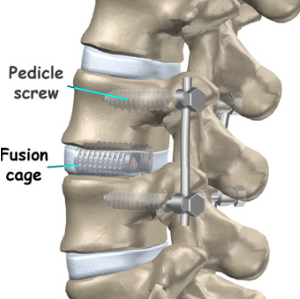



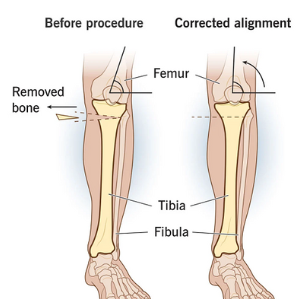



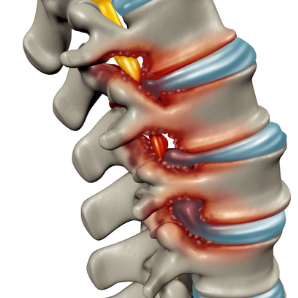
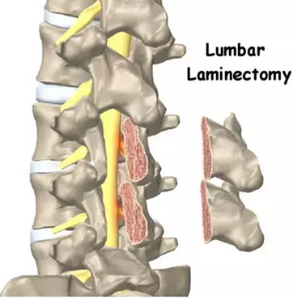

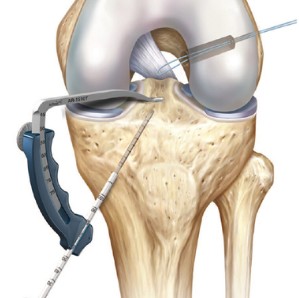
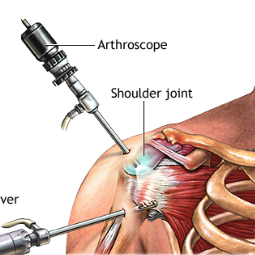
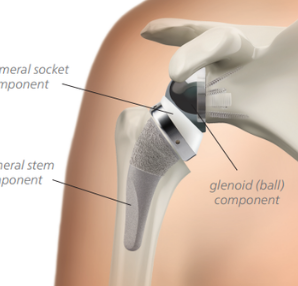
.png)